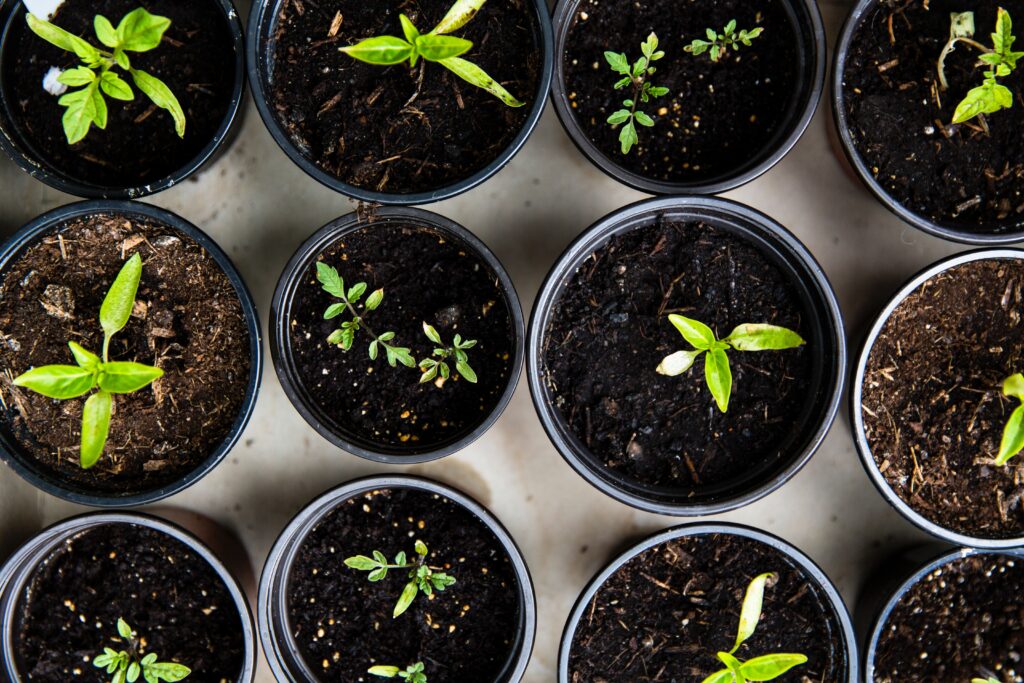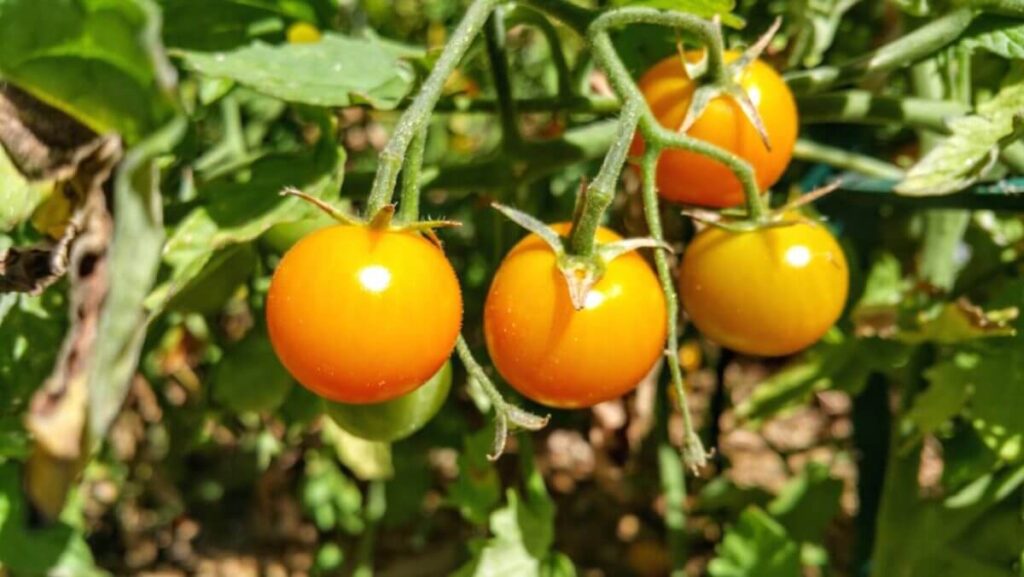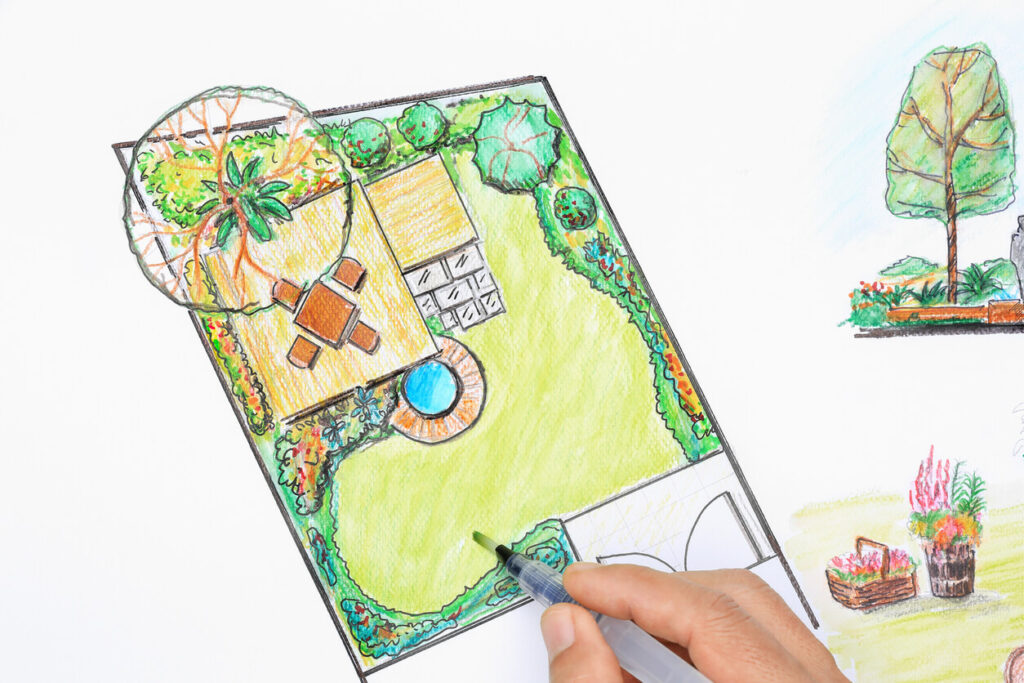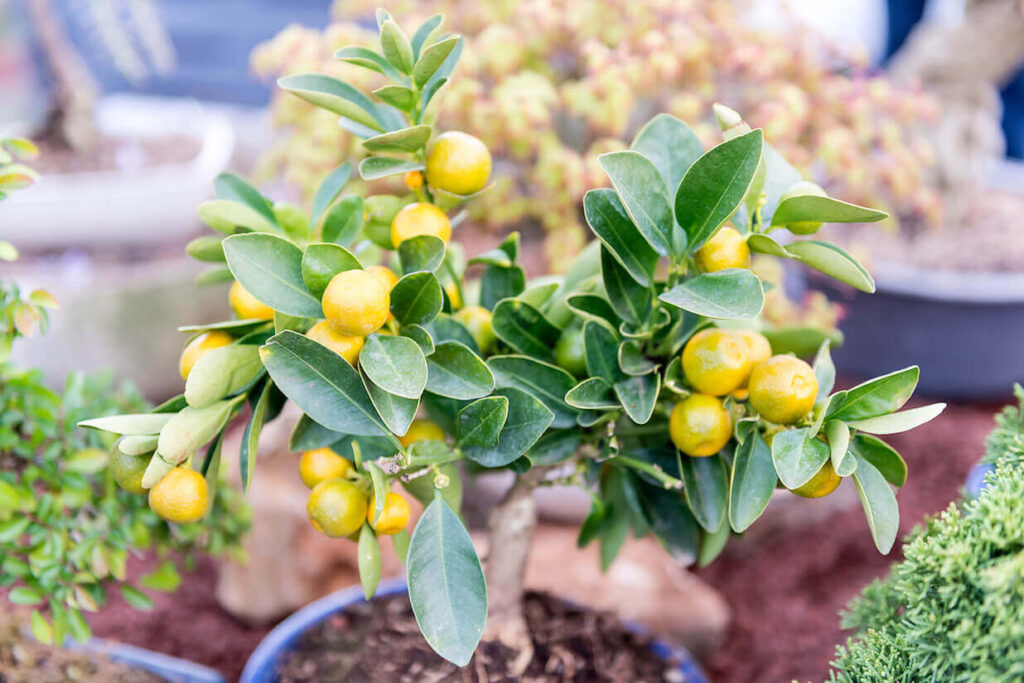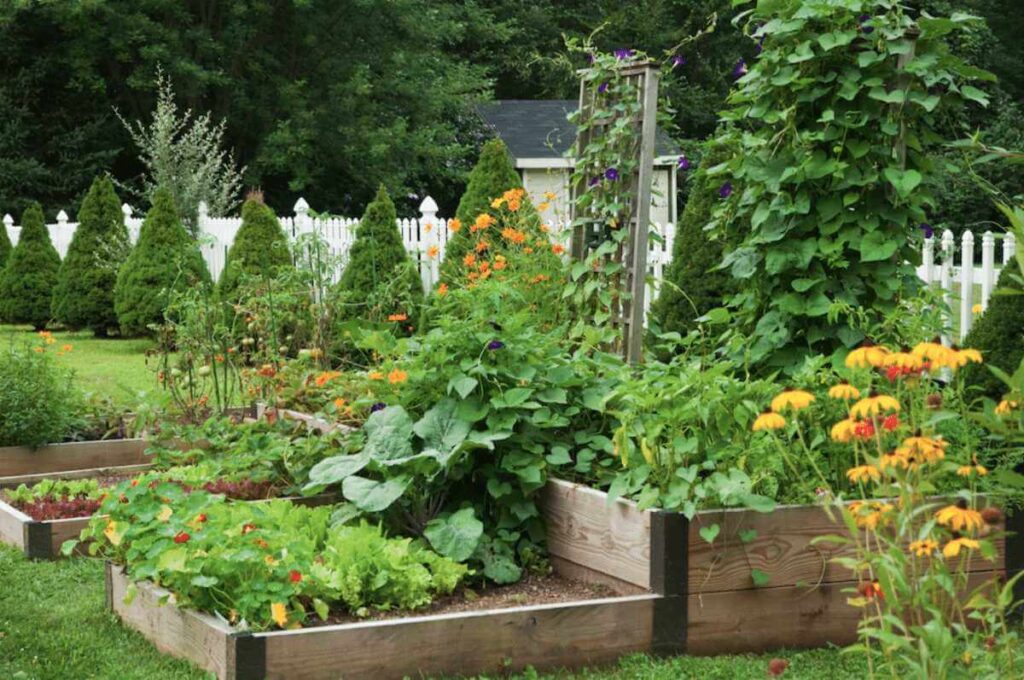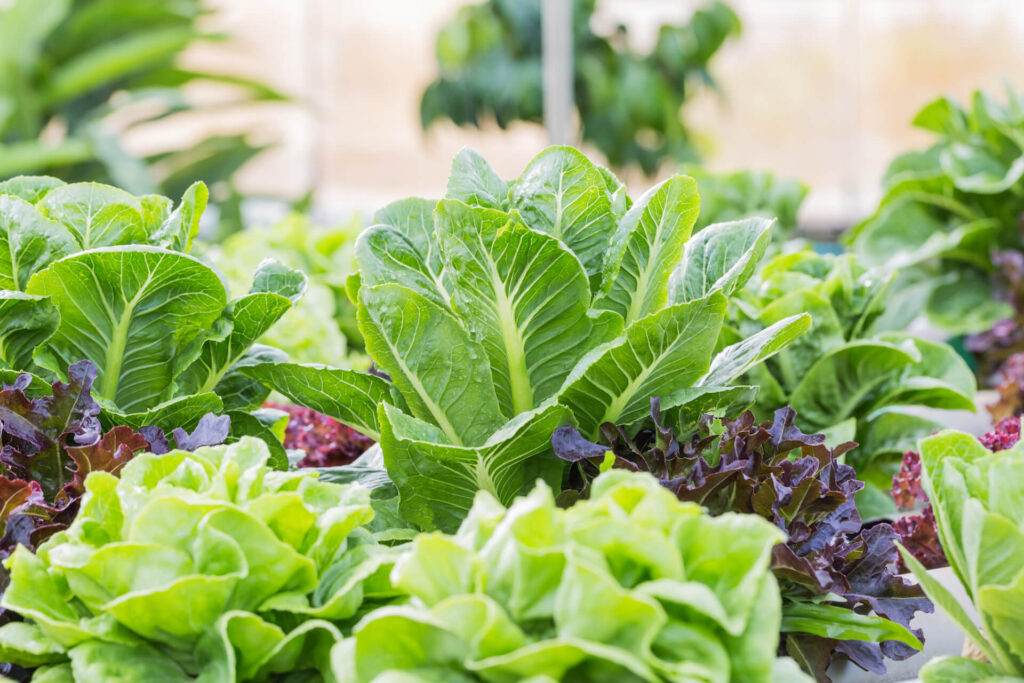Kale cultivation is worth the effort. Kale is a crop that gives. Kale is a popular crop that grows quickly and is nutritious and beautiful. These nutritious leaves are rich in vitamins and antioxidants. They can be curly or flat. Kale is a cool weather crop. It can be grown in the spring, fall and winter. Kale can be grown in containers or pots, as well as in the ground in your backyard garden. This guide contains expert tips and tricks to help you grow the best kale in your garden!
The ideal soil composition and pH for growing kale
Amend your garden soil with organic matter and rich well-decomposed compost. Kale grows best in well-draining, nutrient-rich soil that has a pH of 6.5 to 6.8. Also be sure to mulch your garden to regulate the temperature and humidity levels. You can test your soil at your local extension center to determine its quality and amend your soil accordingly.
Kale Growing: Light and Temperature Requirements
You should plant kale in an area that gets full sun for at least 6-8 hours each day. This is particularly important as kale can be grown in early spring or fall when the sun is less intense and the sky is not as bright. To reach its full potential, this vigorous grower requires as much sun energy as possible. Kale is a cool-weather crop that performs well in all temperatures. Kale should only be planted at 40 degrees Fahrenheit. Many varieties are capable of surviving temperatures as low as 40 degrees Fahrenheit. Kale should not be grown at temperatures exceeding 75 degrees Fahrenheit.
How to Sow Kale Seeds
- For a spring crop, sow the seeds directly in the soil.
- Place seeds 18 inches apart in rows.
- Sprinkle seeds lightly in a 1/4 inch thick line and cover with a thin layer of soil.
- Water well.
- When seedlings start to sprout, thin them out to 12-18 inches apart.
Starting Kale Seeds Indoors
Start kale seeds indoors 6-8 weeks prior to the last frost date in your region for a spring crop, or 6-8 weeks ahead of the first fall frost for fall crops. After the danger of frost has passed you can transplant the seedlings in the ground. You should also harden them for a few days before planting to allow them to adjust to the outdoor environment.
How to Transplant Kale Seedlings
You must use the following steps to transplant seedlings you have purchased from a nursery or garden center, or indoors.
- Dig holes twice as big as the root ball of the plant.
- Place seedlings 12-18inches apart in rows that are 18inches apart.
- To secure roots, cover the root ball with fertile earth and press down hard.
- Water well.
Where to Grow Kale
Kale can be grown almost anywhere. Kale plants can be grown in the ground in backyard gardens or in containers and raised beds.
How to Water Kale Plants
Kale plants have a short growing season so they need to be watered frequently to ensure steady growth. Mulch your garden using organic mulch to help preserve moisture and to ward off weeds, which will compete for nutrients and water with your plants.
You will need to have the right nutrients for growing kale
Kale is both a fast grower and heavy feeder. For optimal growth, plants need a side-dressing fertilizer rich in nitrogen. Kale can thrive when it is fertilized with well-decomposed compost and worm castings. Before planting your crops, you can also add organic fertilizer.
Pests and diseases of Common Kale Plants
Kale is more resistant to disease and pests than brassicas, but it can still attract pests. You can prevent certain pest problems from affecting brassica plants.
- Slugs – You can either pick slugs by hand or make slug traps using a pie plate. Make sure the plate’s edge is in line with the soil surface. To trap slugs, fill the trough up with beer.
- Caterpillars – Stop butterflies from nesting on kale plants with butterfly netting or row covers.
- Whiteflies – Get some sticky whitefly traps from your local nursery or gardening center. The bright yellow color is attractive to whiteflies and the sticky surface keeps them away. Include beneficial insects such as ladybugs in your garden. They feed on whiteflies.
- Aphids – Plant companion nasturtium flowers near the plant to trap aphids. A sharp spray can be used to spray the plants.
How to Harvest Kale
Knowing how to harvest Kale is crucial to reap the benefits of this high-producing crop all year. Once plants have been established, kale can be harvested on an as-needed basis throughout the growing season. You can start collecting a few leaves from each plant once they have ten to twelve leaves. You can do this by removing leaves from the outer layers of the plant, so that the innermost leaves can grow toward maturity. Keep harvesting leaves as needed, while still allowing the plant’s growth process to continue. With regular harvesting, the kale stalks should be about three feet tall and have only a few leaves at their top by the end of the season. They can be allowed to flower in order to attract pollinators, or you can pull them out and put them in your compost pile. This is a great time to plant a succession crop for the early summer.
Choose the Best Kale Varieties To Grow
For robust flavor, healthy growth, and beautiful foliage, try some of our favorite kale varieties.
- ‘Lacinato’
- ‘Scarlet’
- ‘Abundance’
- ‘Vates Blue Curled Scotch”
